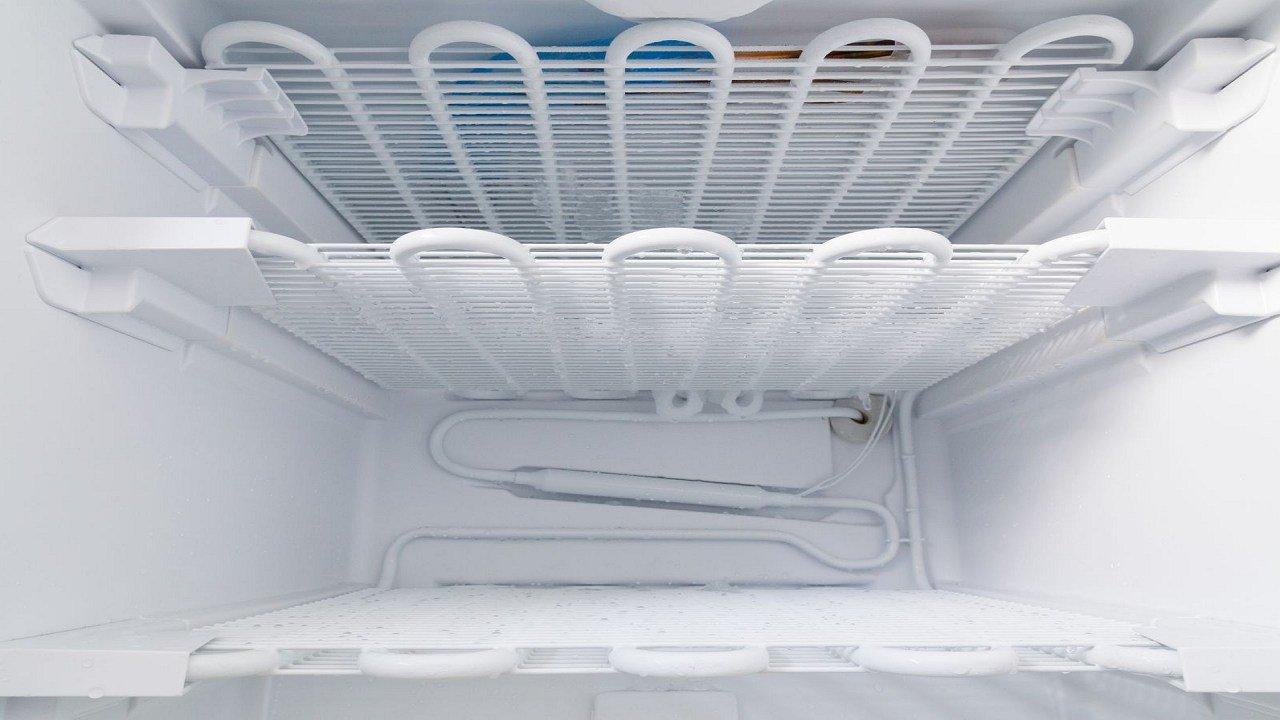Tipos de aparatos
- Aire acondicionado
- Automobile
- Chainsaw
- Circular Saw
- Lavaplatos
- Drills
- Secadora
- Drywall Screw Gun
- Horno
- Gas Fireplace
- Gas Grill
- Gas Patio Heater
- Grinder
- Heat Pump
- Impact Driver
- Impact Wrench
- Microonda
- Nailer
- Orbital Sander
- Calentadores de piscina
- Powerwall
- Distancia
- Refrigerador
- Television
- Lavadora
- Calentador de agua
Marcas de electrodomésticos
- A.O. Smith
- AccuCold
- Admiral Craft
- AGA
- Airrex
- Amana
- Ambiance
- American Range
- American Standard
- American Water Heaters
- Aquacal
- Armstrong
- Asko
- Avanti
- Avenlur
- Azure
- Beko
- Bellfires
- Bertazzoni
- Blackstone
- Blaze
- Blomberg
- BlueStar
- Bosch
- Bradford White
- Bromic
- Bryant
- Cafe
- Calcana
- Capital
- Carrier
- Char-Broil
- Char-Griller
- Chrysler
- Coates
- Coleman
- Comfortmaker
- Commercial Chef
- Continental
- Cosmo
- Cove
- Crown Verity
- Dacor
- Daikin
- Danby
- Danfoss
- DaVinci
- DCS
- Deco
- DeWALT
- Ducane
- Dyna-Glo
- Dyson
- EcoSmart
- Electrolux
- Element4
- Empava
- Equator
- Eurodib
- European Home
- Everdure
- Farberware
- Fhiaba
- FibroPool
- Fire Sense
- Fisher
- FiveStar
- Flare
- Flash Furniture
- Focus
- Ford
- Forno
- Forte
- Frigidaire
- Fulgor Milano
- Gaggenau
- GE
- General Motors
- GlowBrand
- Goodman
- Grundig
- GSW
- Haier
- Hayward
- Heatstar
- Heil
- Hestan
- Hisense
- Hitachi
- Hotpoint
- iio
- Ilve
- Impecca
- Ingignia
- Insignia
- JennAir
- John Wood
- Keeprite
- Kenmore
- Kenyon
- KitchenAid
- Kucht
- La Cornue
- Lennox
- LG
- Liebherr
- Lifetime
- Lion
- Luxaire
- Lynx
- Magic Chef
- Marvel
- Maytag
- McQuay
- MicroFridge
- Midea
- Miele
- Migali
- Monogram
- Montigo
- Mr Heater
- Napoleon
- Navien
- Nexgrill
- Noritz
- Panasonic
- Patio Comforts
- Payne
- Pentair
- Perlick
- PITT
- Premier
- Raypak
- Real Fyre
- Regency
- Reliance
- Rheem
- Rinnai
- Roma
- Ruud
- Saber
- Samsung
- Schwank
- Sharp
- Smeg
- Solas
- Sony
- Spartherm
- Speed Queen
- StaRite
- State Water Heaters
- Stiebel Eltron
- SubZero
- Summerset
- Summit
- SunGlo
- SunPak
- Sunpentown
- SunStar
- Superiore
- Takagi
- TCL
- TEC
- Tempstar
- Tesla
- Thermador
- Thor Kitchen
- Toshiba
- Town and Country
- Toyota
- Traeger
- Trane
- Twin Eagles
- U-Line
- Unique
- Vaillant Group
- Valor
- Verona
- Victory
- Viessmann
- Viking
- Vizio
- Weber
- Westinghouse
- Whirlpool
- Whynter
- York
- ZLINE
Categorías de artículos
- Aire Acondicionado
- Cuidado de los electrodomesticos
- Appliance News
- Dishwasher News
- Maquinas de secado
- Hornos
- Gas Fireplaces
- Microondas
- Calentadores de piscina
- Frigorificos
- Estufas - Cocinas
- Trucos y consejos
- Lavadoras
- Water Heaters
Más artículos
What should I do if my refrigerator is not defrosting properly?

If your refrigerator is not defrosting properly, it can lead to a buildup of ice on the evaporator coils, which can impact its cooling efficiency. Here are some steps you can take to troubleshoot and address the issue:
Check the Defrost Timer: Many refrigerators have a defrost timer that controls the defrost cycle. If the defrost timer is faulty, the refrigerator may not enter the defrost mode. Consult your refrigerator's manual to locate the defrost timer and test its functionality. If the timer is defective, it will need to be replaced.
Inspect the Defrost Heater: The defrost heater is responsible for melting the frost on the evaporator coils during the defrost cycle. A malfunctioning heater can lead to improper defrosting. Use a multimeter to test the continuity of the defrost heater. If it's not working, it should be replaced.
Check the Defrost Thermostat: The defrost thermostat monitors the temperature of the evaporator coils. If it's faulty, it may prevent the defrost heater from turning on. Test the defrost thermostat for continuity using a multimeter. If it's defective, replace it.
Clear Blocked Air Vents: A blocked air vent can obstruct the flow of cold air to the refrigerator compartment and prevent proper defrosting. Make sure that the air vents inside the freezer and refrigerator sections are not blocked by food or other items.
Clean the Condenser Coils: Dirty condenser coils can affect the refrigerator's cooling efficiency and defrosting process. Regularly clean the condenser coils located at the back or beneath the refrigerator to ensure proper airflow.
Check the Door Gaskets: Damaged or worn-out door gaskets can allow warm air to enter the freezer and refrigerator compartments, leading to excessive frost buildup. Inspect the door gaskets for any gaps, tears, or deterioration. Replace them if needed.
Monitor Frost Buildup: If you notice a thick layer of frost or ice on the evaporator coils, manually defrost the refrigerator by turning it off and letting the ice melt. This can temporarily solve the issue, but you should still address the underlying cause.
Professional Repair: If the above steps do not resolve the issue, or if you're not comfortable performing the troubleshooting and repairs yourself, it's recommended to seek the assistance of a professional appliance repair technician. They can diagnose the problem accurately and replace any faulty components.
Remember to always unplug the refrigerator before performing any maintenance or repair work. Additionally, refer to your refrigerator's user manual for specific troubleshooting steps and safety precautions.

If your refrigerator is not defrosting properly, it can lead to a buildup of ice on the evaporator coils, which can impact its cooling efficiency. Here are some steps you can take to troubleshoot and address the issue:
Check the Defrost Timer: Many refrigerators have a defrost timer that controls the defrost cycle. If the defrost timer is faulty, the refrigerator may not enter the defrost mode. Consult your refrigerator's manual to locate the defrost timer and test its functionality. If the timer is defective, it will need to be replaced.
Inspect the Defrost Heater: The defrost heater is responsible for melting the frost on the evaporator coils during the defrost cycle. A malfunctioning heater can lead to improper defrosting. Use a multimeter to test the continuity of the defrost heater. If it's not working, it should be replaced.
Check the Defrost Thermostat: The defrost thermostat monitors the temperature of the evaporator coils. If it's faulty, it may prevent the defrost heater from turning on. Test the defrost thermostat for continuity using a multimeter. If it's defective, replace it.
Clear Blocked Air Vents: A blocked air vent can obstruct the flow of cold air to the refrigerator compartment and prevent proper defrosting. Make sure that the air vents inside the freezer and refrigerator sections are not blocked by food or other items.
Clean the Condenser Coils: Dirty condenser coils can affect the refrigerator's cooling efficiency and defrosting process. Regularly clean the condenser coils located at the back or beneath the refrigerator to ensure proper airflow.
Check the Door Gaskets: Damaged or worn-out door gaskets can allow warm air to enter the freezer and refrigerator compartments, leading to excessive frost buildup. Inspect the door gaskets for any gaps, tears, or deterioration. Replace them if needed.
Monitor Frost Buildup: If you notice a thick layer of frost or ice on the evaporator coils, manually defrost the refrigerator by turning it off and letting the ice melt. This can temporarily solve the issue, but you should still address the underlying cause.
Professional Repair: If the above steps do not resolve the issue, or if you're not comfortable performing the troubleshooting and repairs yourself, it's recommended to seek the assistance of a professional appliance repair technician. They can diagnose the problem accurately and replace any faulty components.
Remember to always unplug the refrigerator before performing any maintenance or repair work. Additionally, refer to your refrigerator's user manual for specific troubleshooting steps and safety precautions.




